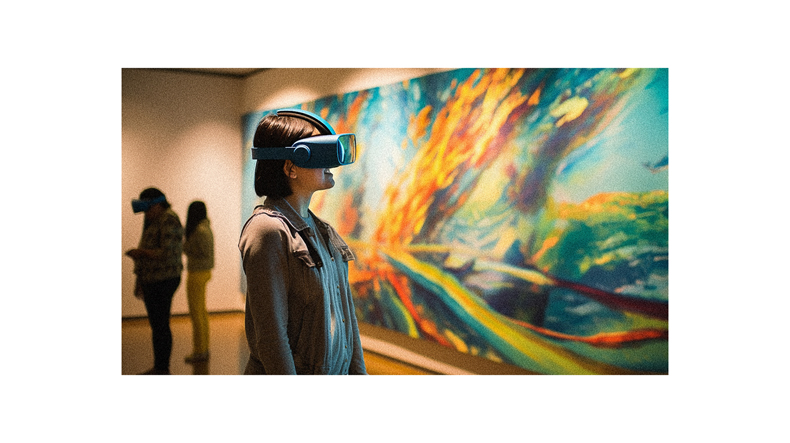Imagine stepping into the Sistine Chapel without leaving your living room. Sounds like a dream from the future? Well, it’s not. Welcome to Augmented Reality (AR) and Virtual Reality (VR). These two technologies are revolutionizing contemporary art, taking us on immersive journeys that were once only possible in our wildest dreams.
With AR, you can witness stolen artwork resurrected right where it originally hung at The Museum of Stolen Art. VR lets you scrutinize 17th-century Dutch and Flemish masterpieces closely at The Kremer Museum – without boarding a plane or paying an entry fee!
However, as with any innovation comes questions about its sustainability and prospects. So, let’s dive deeper into this fascinating universe of AR and VR in art to explore their impact, potential futures, and how they stir up reactions within the global art community.
Understanding the Mediums
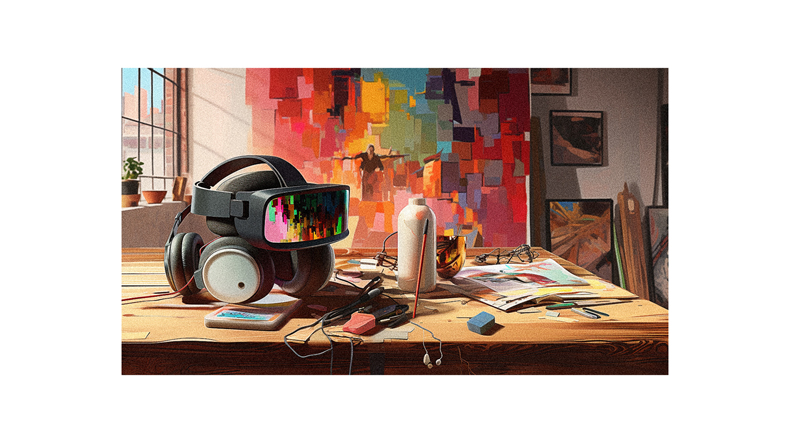
You might be wondering, what’s the difference between virtual reality and augmented reality?
Well, let me break it down for you. Virtual reality is like being transported into a whole new world. You strap on a headset, and bam! You’re in a different place entirely. It’s immersive and feels very real.
On the other hand, augmented reality doesn’t take you away from your current environment. Instead, it enhances what you see by overlaying digital information in the real world. Think of those cute filters on social media apps or how some retailers let you virtually try out furniture in your home before buying.
Both VR and AR are revolutionizing contemporary art in their unique ways.
Distinguishing VR and AR
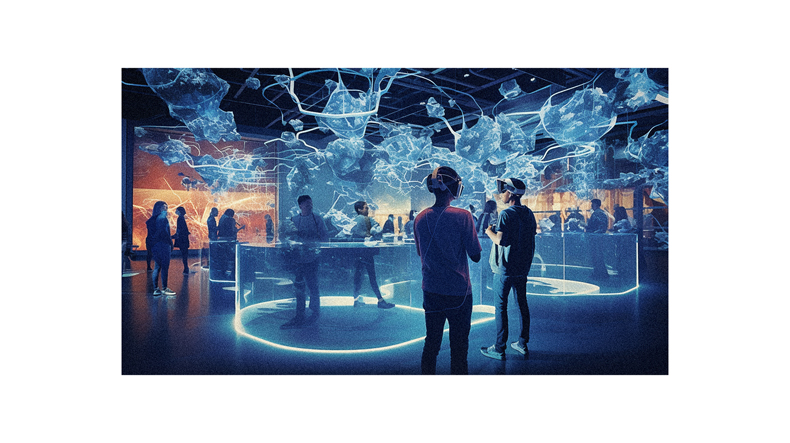
Isn’t it intriguing how we can either step into an entirely new world or modify our existing one with the help of immersive tech? That’s the magic of VR and AR.
While they’re both immersive technologies, they differ in application and user experience. With a VR headset, you’re transported to a whole new reality. But remember, you’ll need that device or find a place equipped with the gear for this experience.
On the other hand, AR is more accessible and adaptable. You can use your smartphone or tablet to enhance your immediate surroundings anywhere you are. One creates an entirely new universe, adding layers to your current world.
Both offer infinite possibilities in reshaping art as we know it!
VR in Artistic Expressions
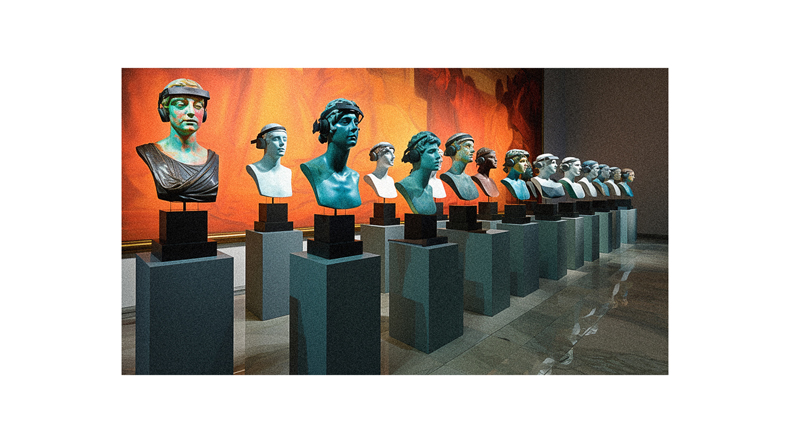
Imagine stepping into a painting, exploring each brush stroke from an inch away, or walking around a sculpture to see it from every conceivable angle; this is the potential of virtual reality in artistic expression. VR allows you to immerse yourself entirely in an artwork, experiencing it on a previously unthinkable level.
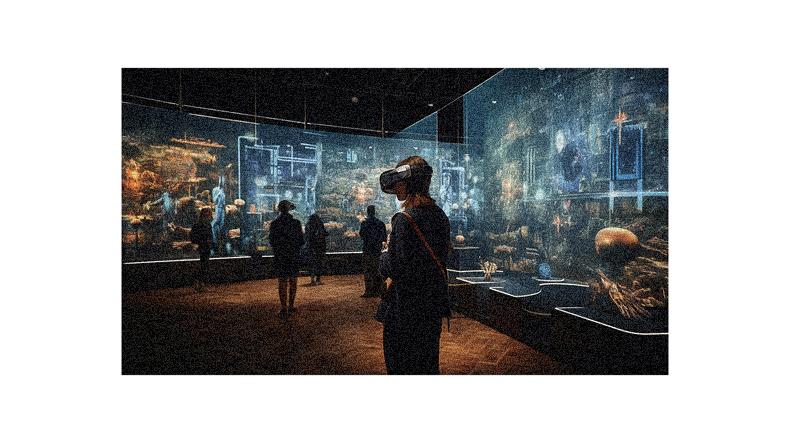
You’re not just observing art; you’re interacting with it and becoming part of it. This opens up new horizons for both artists and audiences. With VR, artists can break free from the physical limitations of traditional media and use three-dimensional space as their canvas.
Meanwhile, as an audience member, you can explore the artwork in your own time and pace, gaining a deeper understanding and appreciation of the artist’s vision.
AR in Modern Day Applications
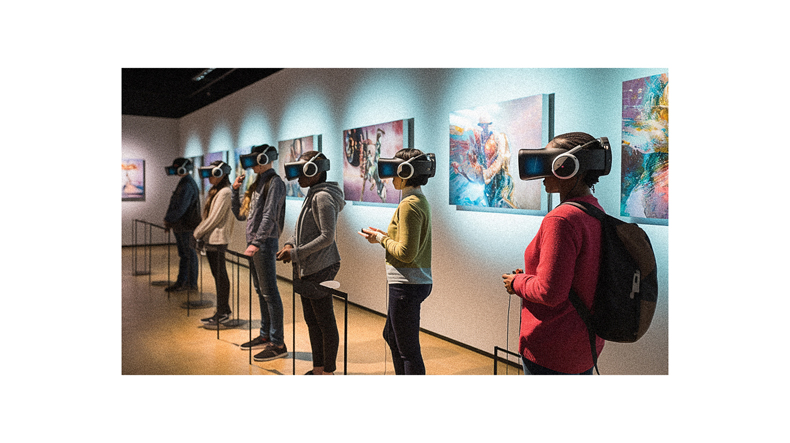
Let’s step into a world where virtual realities don’t just exist in games and movies but dance upon the canvas of modern applications. Imagine walking through a gallery, smartphone in hand, as artwork springs to life before your eyes. That’s Augmented Reality (AR) for you!
Unlike VR, which immerses you in an entirely different world, AR enhances your environment by overlaying digital information on real-world elements. It’s not just about viewing art anymore; it’s about interacting with it, altering it, and creating something unique every time.
From IKEA helping shoppers visualize furniture arrangements to surgeons practicing complex procedures, AR is revolutionizing our daily lives. And in the realm of art? It’s transforming passive viewers into active participants!
Differences and User Experiences
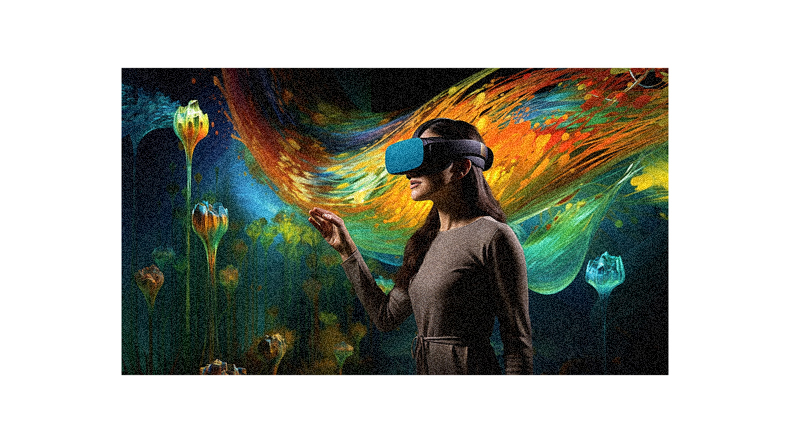
While related, Virtual Reality (VR) and Augmented Reality (AR) offer fundamentally different user experiences. VR immerses you in a completely new environment, while AR enhances your current one.
Imagine strapping on a VR headset and stepping into an entirely different world versus pulling out your smartphone to point at an object around you for additional information. With VR, you’re whisked away from reality, while AR keeps you grounded but gives a tech-powered boost to your surroundings.
Despite these distinctions, both technologies provide immense opportunities for innovation in the art world. Whether viewing artwork in a virtual gallery or seeing sculptures come alive through augmented reality, these technologies promise exciting changes to how we create and interact with art.
Museum Applications
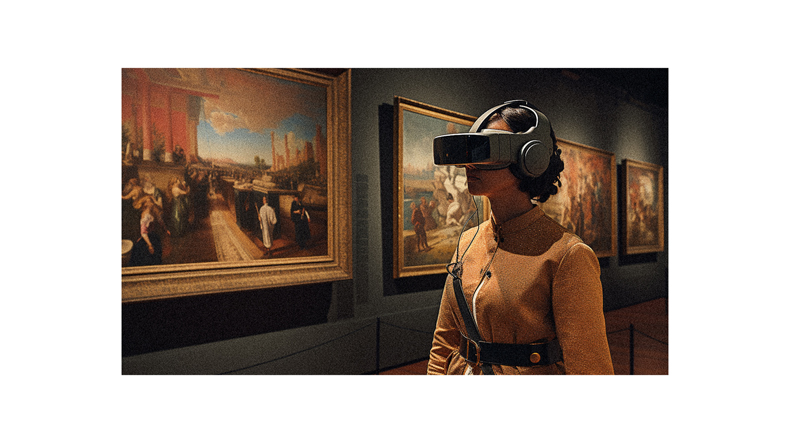
You’re probably wondering how museums are beginning to utilize these immersive technologies, right?
Museums across the globe have adopted AR and VR in creative ways. For instance, The Museum of Stolen Art uses AR to display stolen or missing pieces. Viewing markers on a wall through a smart device lets you see what the missing art would look like in its original place.
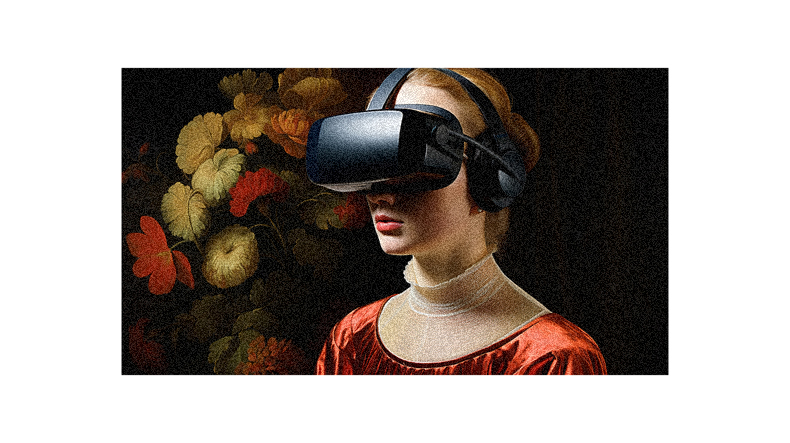
The Kremer Museum took it further by creating an entire VR museum! You can view their 17th-century Dutch and Flemish art collection from any angle – even from behind!
At Tate Modern, they used VR to showcase artist Amedeo Modigliani’s work in unprecedented detail.
These examples show how AR and VR are revolutionizing contemporary art.
Highlight: Museum of Stolen Art
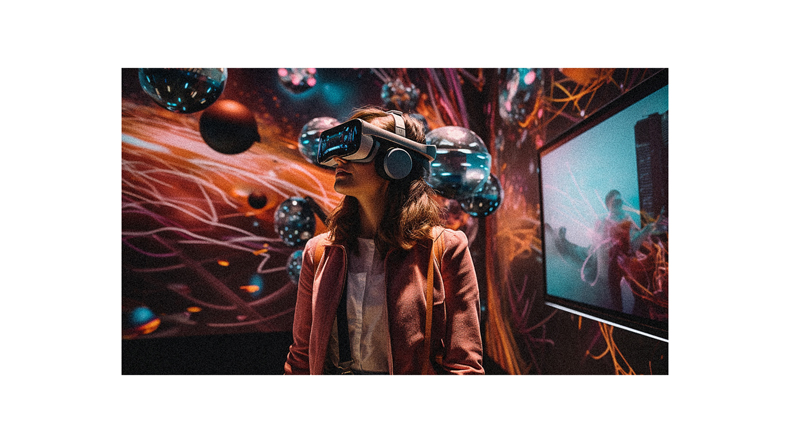
Stepping away from the general application of VR and AR in museums, let’s delve into a fascinating specific case—The Museum of Stolen Art.
Imagine walking into a gallery where the frames on the wall are empty, but when you peer through your smart device, you see masterpieces that have been stolen or lost. You’re not viewing complex tech wizardry here; it’s basic code triggering images to appear on your screen.
The artwork isn’t physically there, but this augmented reality experience lets you visualize their impact as if they were. It’s an innovative way to keep these artworks alive in public memory, proving that even with simple technological applications, AR can significantly impact art appreciation and interpretation.
Highlight: The Kremer Museum
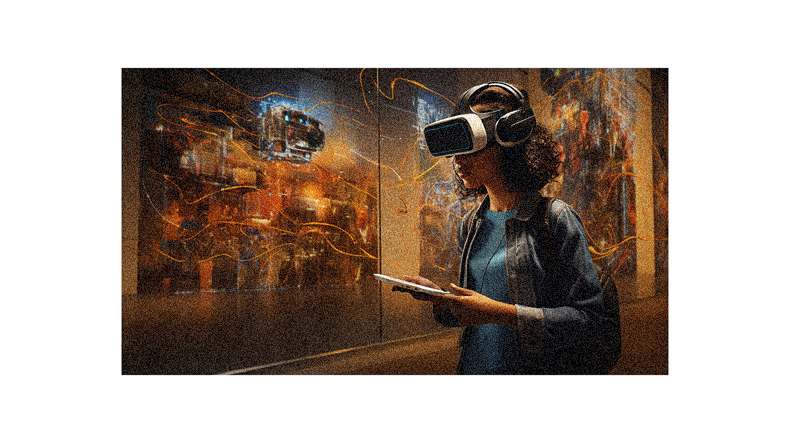
Imagine taking a stroll through an entire museum from the comfort of your couch – it sounds like a dream. That’s precisely what The Kremer Museum offers with its innovative use of virtual reality. They turn every nook and cranny of their vast collection into a digital playground. You can view 17th-century Dutch and Flemish art treasures in ultra-high-resolution detail.
You can even see behind paintings or view them in X-ray mode. It’s not just about the artwork, either. They’ve crafted a whole digital replica of a physical museum space. Think of expansive ceilings, grand hallways, and intimate galleries. The best part? You can visit from anywhere worldwide as long as you have a VR headset. Now, that’s an art experience unlike any other!
Potential Future Developments
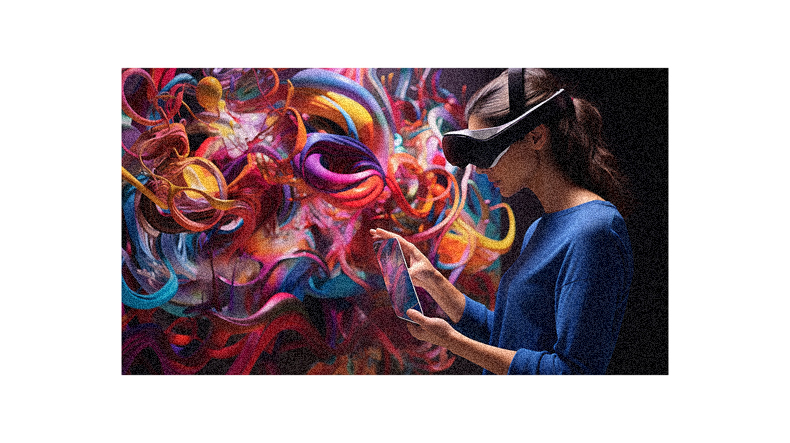
Isn’t it thrilling to wonder about what’s next in this digital art revolution? With AR and VR technologies, the sky is truly the limit. You could be walking through a virtual gallery one day, immersing yourself in a 3D masterpiece the next.
Imagine a future where artists don’t just create visuals but entire experiences – where you’re not just seeing their work but living it! It’s exciting to think about how these technologies might push boundaries, break conventions, and redefine conventional wisdom on what constitutes ‘art.’
Now more than ever, collaboration between technologists and artists is key as we explore uncharted territories of artistic expression. So strap on your VR headset or fire up your AR app – there’s a whole new world waiting for you in the realm of digital art!
Community Insights and Reactions
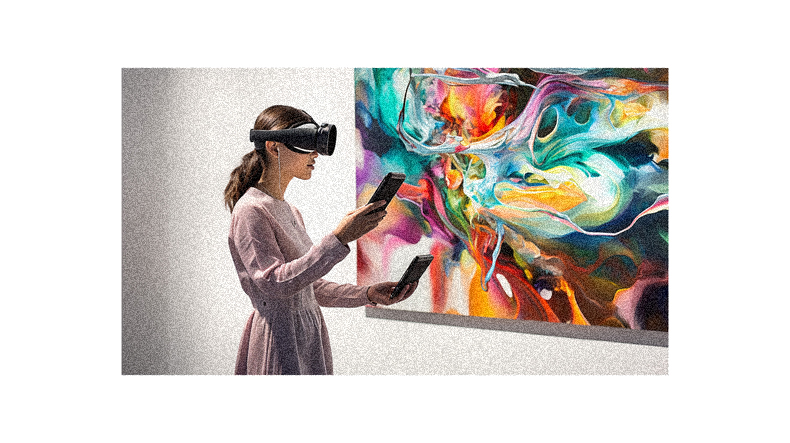
You’ve got to admit the future of digital art is thrilling, and it’s shaping to be a game changer in how we perceive and interact with art. With VR becoming open-source, there’s a massive opportunity for artists, developers, and researchers to collaborate on groundbreaking projects.
Even though exposure to this art form is limited now, early experiences are impressive. The potential for creating responsive art that interacts with movements or emotions could redefine artistic expression. However, the question remains – will museums and galleries adapt quickly enough to these technological shifts?
As audiences become more attracted to virtual interactions, it would be interesting to see how traditional institutions react. What do you think about VR/AR as an emerging medium?
Follow us on Pinterest for more tips, tutorials, and artist reviews!

